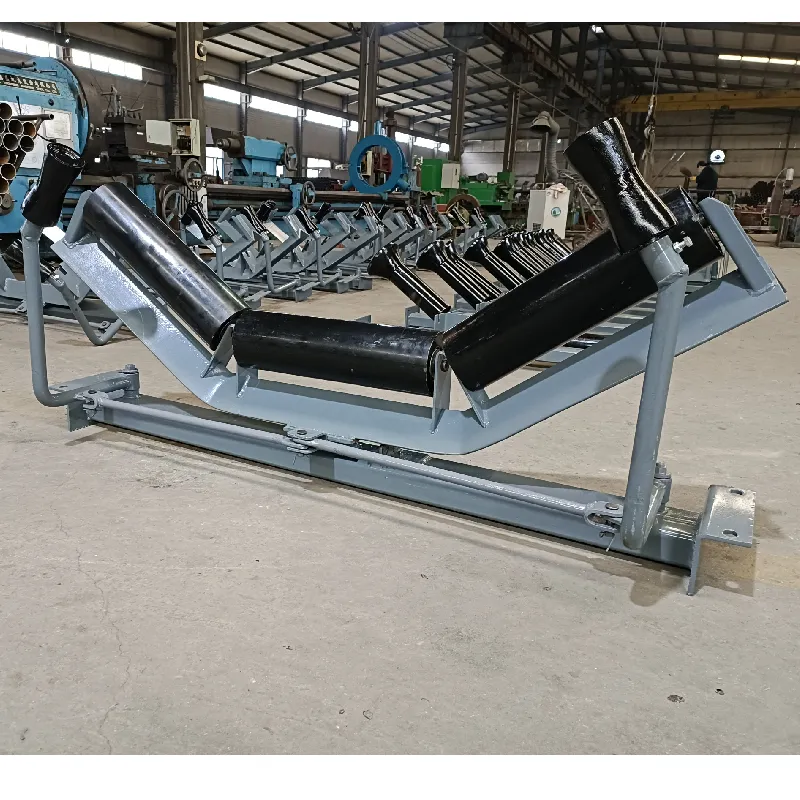 Afrikaans
Afrikaans  Albanian
Albanian  Amharic
Amharic  Arabic
Arabic  Armenian
Armenian  Azerbaijani
Azerbaijani  Basque
Basque  Belarusian
Belarusian  Bengali
Bengali  Bosnian
Bosnian  Bulgarian
Bulgarian  Catalan
Catalan  Cebuano
Cebuano  Corsican
Corsican  Croatian
Croatian  Czech
Czech  Danish
Danish  Dutch
Dutch  English
English  Esperanto
Esperanto  Estonian
Estonian  Finnish
Finnish  French
French  Frisian
Frisian  Galician
Galician  Georgian
Georgian  German
German  Greek
Greek  Gujarati
Gujarati  Haitian Creole
Haitian Creole  hausa
hausa  hawaiian
hawaiian  Hebrew
Hebrew  Hindi
Hindi  Miao
Miao  Hungarian
Hungarian  Icelandic
Icelandic  igbo
igbo  Indonesian
Indonesian  irish
irish  Italian
Italian  Japanese
Japanese  Javanese
Javanese  Kannada
Kannada  kazakh
kazakh  Khmer
Khmer  Rwandese
Rwandese  Korean
Korean  Kurdish
Kurdish  Kyrgyz
Kyrgyz  Lao
Lao  Latin
Latin  Latvian
Latvian  Lithuanian
Lithuanian  Luxembourgish
Luxembourgish  Macedonian
Macedonian  Malgashi
Malgashi  Malay
Malay  Malayalam
Malayalam  Maltese
Maltese  Maori
Maori  Marathi
Marathi  Mongolian
Mongolian  Myanmar
Myanmar  Nepali
Nepali  Norwegian
Norwegian  Norwegian
Norwegian  Occitan
Occitan  Pashto
Pashto  Persian
Persian  Polish
Polish  Portuguese
Portuguese  Punjabi
Punjabi  Romanian
Romanian  Russian
Russian  Samoan
Samoan  Scottish Gaelic
Scottish Gaelic  Serbian
Serbian  Sesotho
Sesotho  Shona
Shona  Sindhi
Sindhi  Sinhala
Sinhala  Slovak
Slovak  Slovenian
Slovenian  Somali
Somali  Spanish
Spanish  Sundanese
Sundanese  Swahili
Swahili  Swedish
Swedish  Tagalog
Tagalog  Tajik
Tajik  Tamil
Tamil  Tatar
Tatar  Telugu
Telugu  Thai
Thai  Turkish
Turkish  Turkmen
Turkmen  Ukrainian
Ukrainian  Urdu
Urdu  Uighur
Uighur  Uzbek
Uzbek  Vietnamese
Vietnamese  Welsh
Welsh  Bantu
Bantu  Yiddish
Yiddish  Yoruba
Yoruba  Zulu
Zulu conveyor head pulley
Understanding the Conveyor Head Pulley A Vital Component in Material Handling
Conveyor systems are integral to various industries, serving as a backbone for material handling processes. Among the various components that make up these systems, the conveyor head pulley plays a crucial role in ensuring the efficient operation of the conveyor belt. This article delves into the significance, functionality, and maintenance of conveyor head pulleys.
What is a Conveyor Head Pulley?
The conveyor head pulley is positioned at the discharge end of a conveyor system where the material is unloaded. It is an essential component that facilitates the movement of the conveyor belt, which is designed to transport materials from one point to another efficiently. Acting as a drive pulley, the head pulley also helps in maintaining the belt's tension, ensuring smooth operation throughout the system.
Functionality of the Conveyor Head Pulley
The primary function of the conveyor head pulley is to drive the belt. When the motor powers the pulley, it rotates, causing the belt to move. As the belt moves, it transports materials along the conveyor system. This movement can be adjusted based on the motor speed, allowing for flexibility in material handling depending on operational needs.
In addition to driving the belt, the head pulley is often responsible for releasing the bulk materials at the end of the conveyor. When the belt reaches the head pulley, the angle of the pulley allows for the material to be discharged cleanly and efficiently. The design and diameter of the pulley can greatly influence the material flow rate, making it essential for operators to choose the right specifications based on the type and volume of materials being handled.
Material Selection and Design Considerations
conveyor head pulley

The materials used in the construction of head pulleys are crucial for their durability and performance. Common materials include steel and rubber. Steel is often employed for its strength and resilience, while rubber can provide added grip on the belt, enhancing friction, which is essential for effective power transmission.
The design of the head pulley is also a critical consideration. Pulleys are available in various configurations, including flat, crowned, or rubber-coated. Each design serves specific applications. For instance, crowned pulleys help keep the belt aligned, reducing the risk of slippage and wear. In contrast, flat pulleys are commonly used in applications where belt tracking is less of an issue.
Maintenance of Conveyor Head Pulleys
Proper maintenance of conveyor head pulleys is essential for maximizing their lifespan and operational efficiency. Regular inspection of the pulley for wear and damage is vital. Over time, pulleys may suffer from issues such as corrosion, misalignment, or belt slippage. Addressing these issues promptly can prevent more significant problems down the line.
Lubrication is another critical aspect of maintenance. Bearings associated with head pulleys require regular lubrication to function smoothly. Operators should follow the manufacturer's guidelines regarding lubrication frequency and the type of lubricant to use.
Additionally, cleaning the conveyor system regularly, including the head pulley, can prevent the buildup of debris or materials that may impede performance. A clean system enhances operational efficiency and reduces the risk of mechanical failures.
Conclusion
The conveyor head pulley is a vital component in material handling systems, playing a critical role in the movement and discharge of materials. Understanding its functions, design considerations, and maintenance requirements is essential for operators and engineers involved in conveyor system management. By prioritizing the maintenance and proper selection of head pulleys, industries can ensure reliable and efficient operations, ultimately enhancing productivity and reducing operational costs. As the backbone of many industrial processes, investing time and resources into understanding and managing conveyor head pulleys is integral to any material handling system's success.
-
Revolutionizing Conveyor Reliability with Advanced Rubber Lagging PulleysNewsJul.22,2025
-
Powering Precision and Durability with Expert Manufacturers of Conveyor ComponentsNewsJul.22,2025
-
Optimizing Conveyor Systems with Advanced Conveyor AccessoriesNewsJul.22,2025
-
Maximize Conveyor Efficiency with Quality Conveyor Idler PulleysNewsJul.22,2025
-
Future-Proof Your Conveyor System with High-Performance Polyurethane RollerNewsJul.22,2025
-
Driving Efficiency Forward with Quality Idlers and RollersNewsJul.22,2025





























